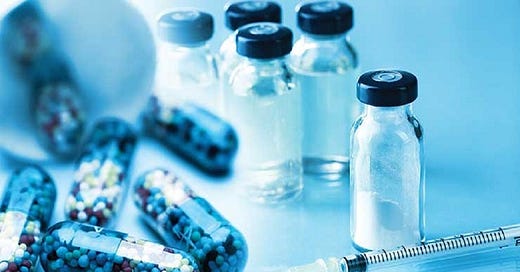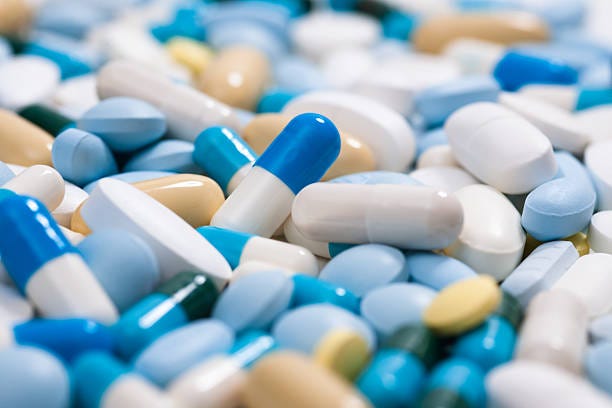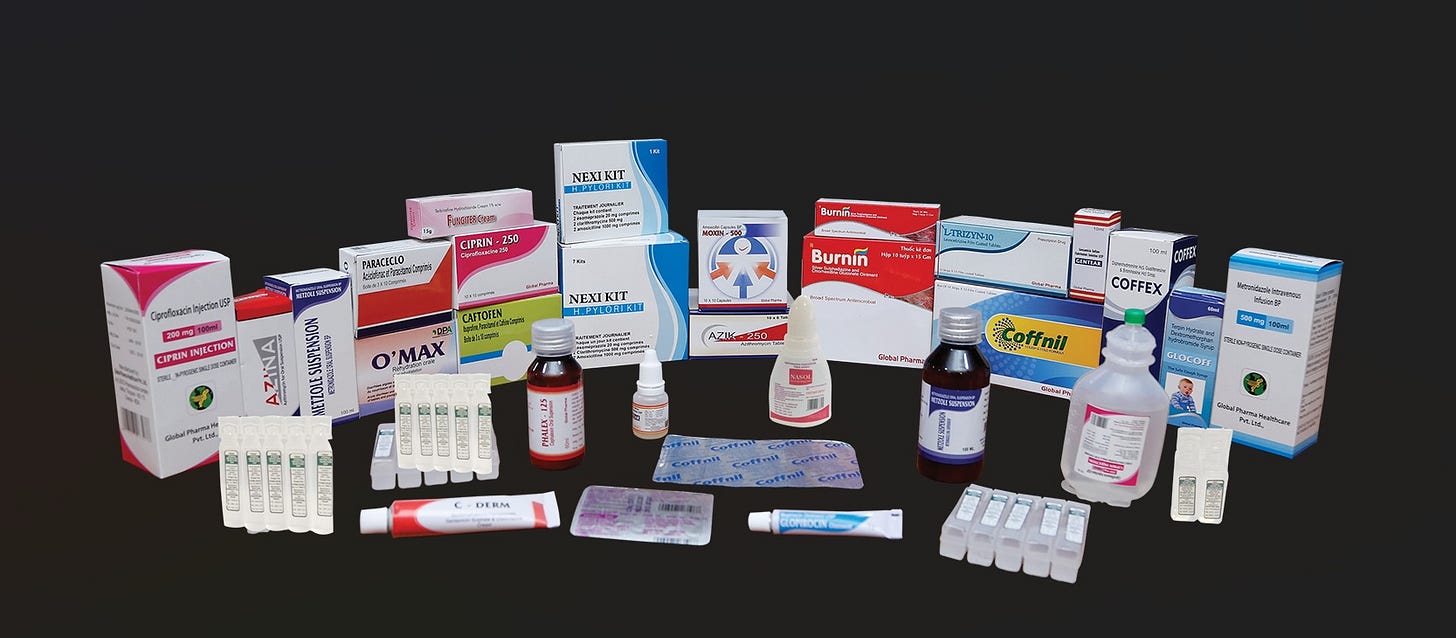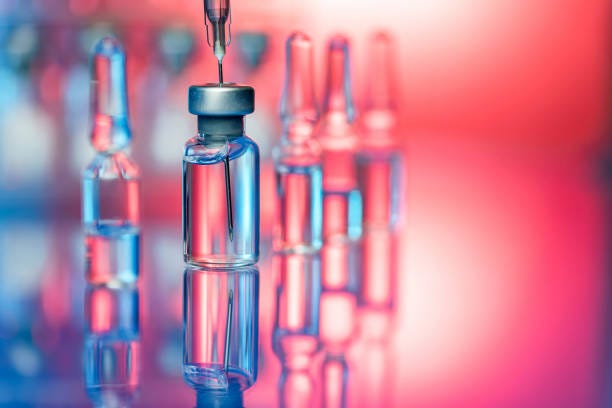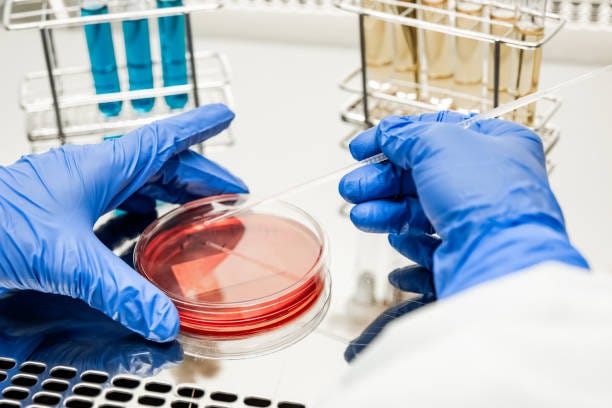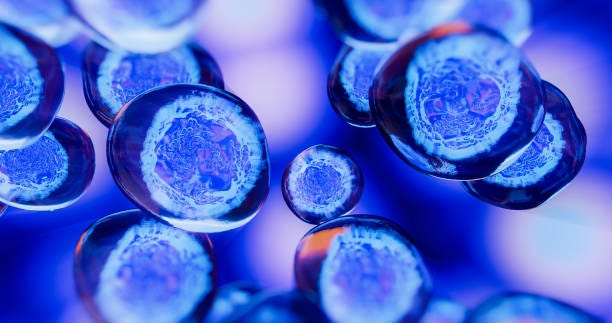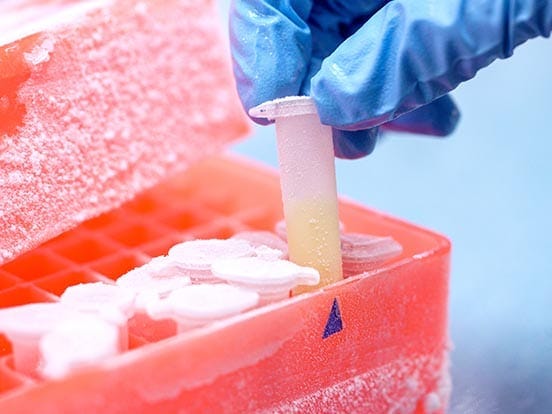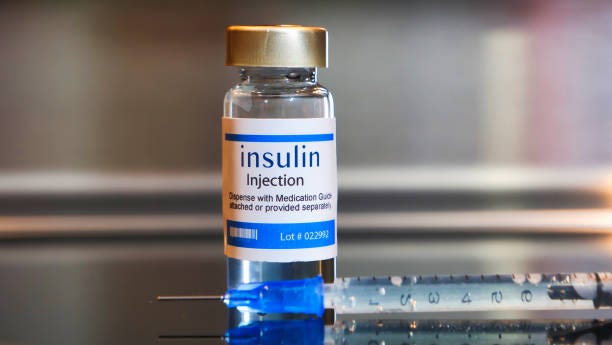In Part I & Part II, we explored the basics of drugs & their development process. In this article, we’ll understand their value chain in detail.
The Journey Of A Drug: Value Chain
Pharmaceutical value chain is the process the drug goes through — from the factory to reach your hands as medicine.
The value chain of chemical drugs
Key Starting Materials
Key Starting Material (KSM) are basic chemicals that act as initial raw materials for a drug.
These KSMs are put through a a series of chemical reactions and processing steps, to convert them into intermediates.
The specific methods used can vary widely depending on the nature of the starting material, the desired intermediate, and the overall synthesis strategy.
Some examples of KSMs are —
Methylamine:
Used in the production of antidepressants, antihypertensives, and antiviral drugs.
Ethyl Acetate:
A versatile solvent and intermediate used in the synthesis of antibiotics, antifungals, and cardiovascular drugs.
2-Aminothiophenol:
A building block for synthesizing antithyroid drugs and antifungal agents.
Isobutylbenzene (Cumene):
A KSM for the synthesis of analgesics, including ibuprofen.
Chemical Intermediates
Intermediates chemical compounds formed at various stages during the chemical synthesis (reactions) of active pharmaceutical ingredients (APIs)
They are often unstable and undergo various chemical transformations, such as reactions with other intermediates, rearrangements, and conversions into different chemical species.
They serve as key milestones in the synthesis of complex molecules. Each intermediate represents a stage in the stepwise construction of the final product i.e. API.
API (Active Pharmaceutical Ingredient)
APIs possess pharmacological or therapeutic activity and are designed to interact with specific biological targets in the body to produce a desired effect.
They can be categorized based on their therapeutic use or the medical conditions they target.
Some examples of APIs are —
Acetaminophen (Paracetamol):
Therapeutic Category: Analgesic, Antipyretic
Common Use: Pain relief and fever reduction.
Ibuprofen:
Therapeutic Category: Non-Steroidal Anti-Inflammatory Drug (NSAID)
Common Use: Pain relief, anti-inflammatory.
Metformin:
Therapeutic Category: Antidiabetic Agent
Common Use: Treatment of type 2 diabetes.
Amoxicillin:
Therapeutic Category: Antibiotic (Penicillin)
Common Use: Treatment of bacterial infections.
Warfarin:
Therapeutic Category: Anticoagulant (Blood Thinner)
Common Use: Prevention of blood clotting.
Formulations
APIs are formulated into dosage forms such as tablets, capsules, syrups, solutions, or topical creams to facilitate administration and absorption by the body.
This is done by adding various inactive ingredients known as excipients to the API. Excipients could be bulking agents, colouring agents, flavouring agents, etc.
These formulations are the final medicines that we consume.
Lets look at the value chain of the most common drug — Paracetamol:
KSMs like Benzene & Phenols are converted into chemical intermediate like PNCB (Para Nitro Chloro Benzene).
Through chemical synthesis, this is further converted into PAP (Para Amino Phenol)
PAP is then purified to make Paracetamol, which is the API in a lot of drugs.
Different formulation companies mix Paracetamol API with different excipients to give them desired colour, flavour & shape.
These companies then sell this drug under their own brands like - Crocin, Dolo, Calpol, etc.
The value chain of biologic drugs
One of the way of manufacturing biologic drugs is called Recombinant DNA technology.
Advances in biotechnology has enabled us to edit, add, or delete genes.
The gene responsible for producing the drug, is inserted into the DNA of microorganisms.
In case of insulin, the DNA of bacteria E. coli is inserted with the gene.
The bacteria is then left to divide & reproduce in a cell culture.
Then, from this cell culture the bacteria that are able to produce the desired biological entity most efficiently are selected.
They are then added to a fermenter & left to multiply.
Now, we have clones of the original bacteria that can produce the drug.
These clones are then frozen. This is called a Cell Bank.
This cell bank will be used in future to produce that particular drug, in this case, insulin.
Note: The cell bank acts as a safety net for the company & will be used to start a new cell line in case anything goes wrong during production.
Thank You for reading Fincredible. Hope you enjoyed the read & learnt something new.

